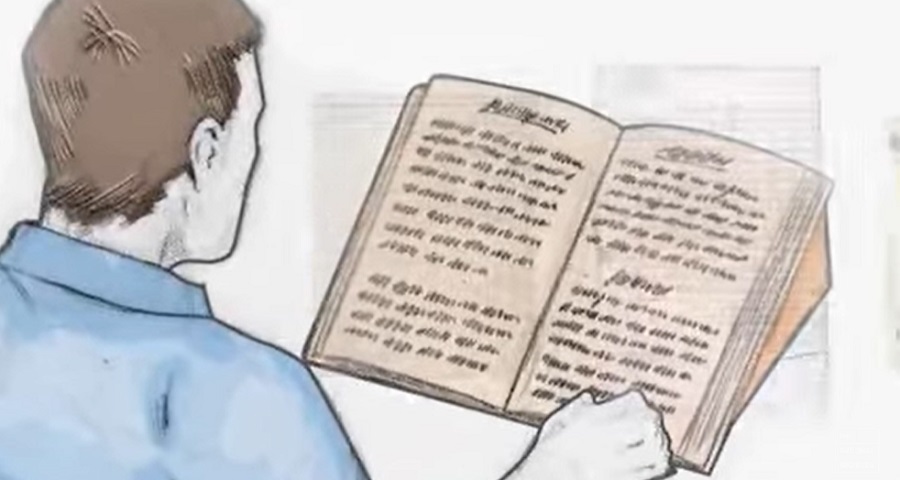
Find out how to copy, order and view the documents held by The National Archives and how to access popular records online.
Transcript
Every document held by The National Archives has a unique reference code made up of department, series and piece, and sometimes item.
The documents themselves may be a single sheet, a large file, a box containing a bundle of papers or letters, a roll of parchment, or even an online record.
Once you have found the reference code for the document you want to look at in the catalogue, you can request the document. There are several ways to view documents.
You can view or copy original documents yourself in our reading rooms at The National Archives.
However, many popular documents have been scanned, digitised and indexed. These are available for viewing, printing and downloading through our website, or in conjunction with commercial partners. There is usually for a fee for these.
If the document you want is not digitised, you can request a copy of the document to be sent to you and make all the arrangements through our website.
More video guides
How the records are arranged
Understand how records are arranged to help save you time and make your research more productive.
Preparing to research
Find out where to look when you first start your research, and how to assemble and organise your findings to get better results.
Recording research results
Discover how to record all your results effectively so that you can find useful information again in the future.
